Space Junk
Ask a Rocket Scientist
by Rob Webb on September 1, 2022Name: Norah
Grade: 9
What is your favorite planet or star? The North Star, a symbol of Freedom
Question: Evolutionists say that asteroids, meteorites, and other space junk are leftovers from the formation of the planets after the Big Bang. Since the Big Bang never occurred, this is obviously not true. So where did space junk come from, and why? Do they serve any purpose, or are they truly 'junk'?
Thanks for your great question, Norah! I also think the North Star (Polaris) is a really cool star, created by God on day four of creation week. It’s definitely one of my favorites! Because it’s located in the direction of true north,1 one of the cool things I’ve always liked about it is that you can easily find it in a clear night sky2 (assuming you live in the Northern Hemisphere) to help orient and guide you in the direction you need to go. In the past, before modern technology, this star was very important for sailors to help them navigate the open seas. Praise God that he gave us this wonderful star for our navigational benefit!

The two “pointer stars” on the end of the Big Dipper's cup point to Polaris, which is at the tail of the Little Dipper (Ursa Minor).
Public Domain via NASA
Another fascinating feature of Polaris is that since it’s located close to the north celestial pole and stays in roughly the same place in the sky, all the visible stars appear to rotate around it (sweeping out circles) as the earth rotates through the night!
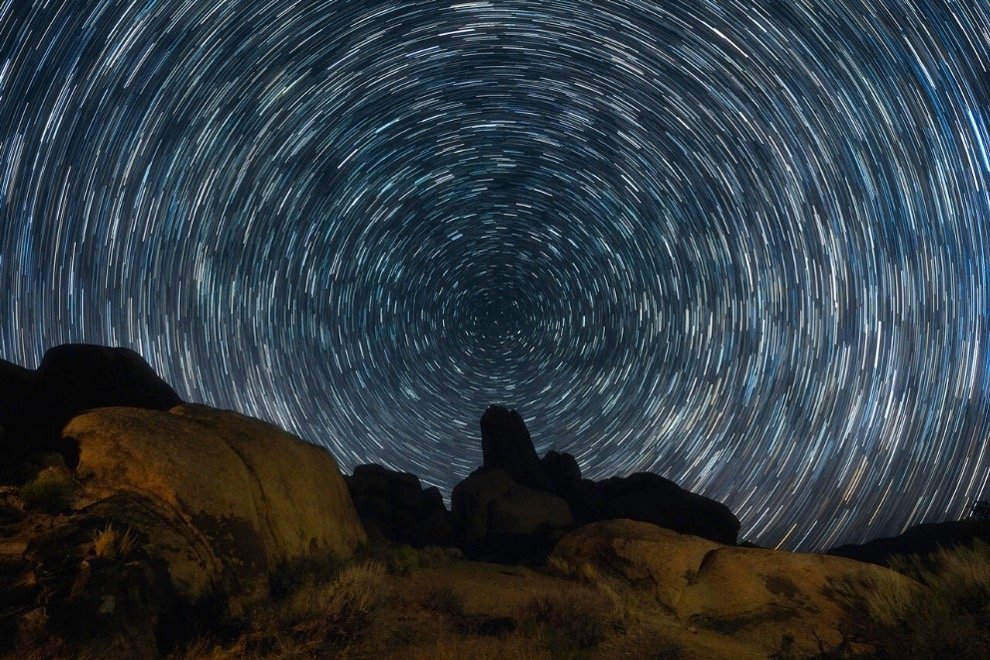
Polaris sits at the center of this image which captures the movement of stars around the north celestial pole over several hours.
Public Domain via NASA
Okay, now to your question, which I’ve summarized as: Where did all the “space junk” come from, and does this “junk” serve any purpose? Normally, when I hear the phrase “space junk,” I immediately think of the man-made (artificial) space junk that’s in orbit around the earth. This type of junk ranges from really small pieces of metal debris to abandoned rocket stages and even large, full-size, “broken” (nonoperational) satellites.

Image of man-made orbital debris (“space junk”) around the earth
Public Domain via NASA
As of 2021, according to NASA, more than 27,000 pieces3 of orbital debris are actively tracked by global network sensors. That’s a lot of space junk! And since this debris is moving at very high speeds (more than 17,000 mph!), an impact from even a tiny piece of debris with an orbiting spacecraft could create big problems. This means that even millimeter-size junk, such as paint flecks, can damage a spacecraft when traveling at these speeds!4
Man-made orbital debris truly is junk and is quickly becoming a major problem for space vehicles in near-Earth orbits5 and is already a serious danger for human spaceflight,6 including the astronauts onboard the International Space Station (ISS). God says we are to have dominion over his creation by being good stewards of the earth. So this means not leaving space junk in orbit around the earth! And we should always do our best to protect human life because all life is precious (Psalm 139:13–14).
And, to make matters worse, this space junk problem will not simply “take care of itself” since, depending on altitude,7 each piece will take a really long time to finally burn up in the atmosphere. This is why NASA and other scientists around the world are actively researching and proposing innovative ways of “cleaning up” this space junk.
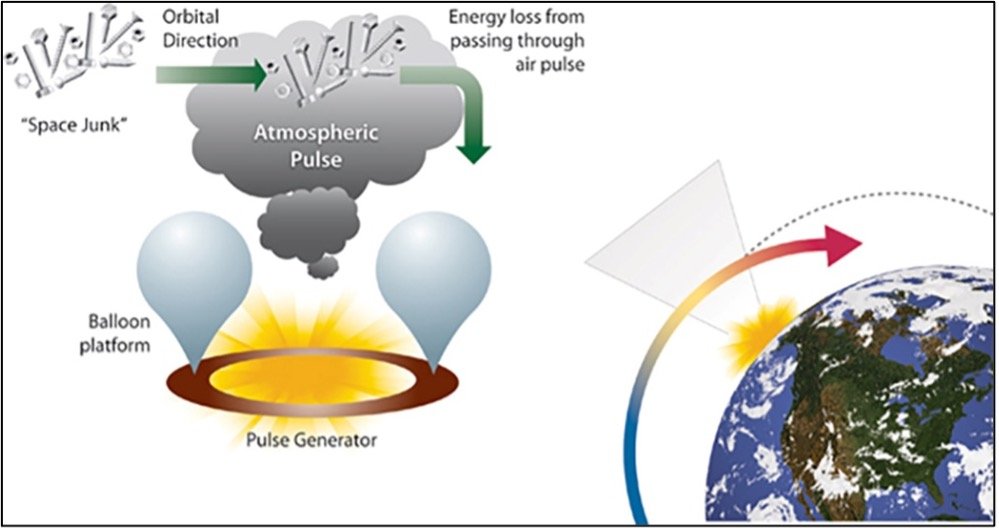
Illustration of the Space Debris Elimination (SpaDE) system, which is a proposed method to remove orbital debris by firing focused pulses of atmospheric gases into the path of targeted debris.
Public Domain via NASA
But I’m guessing you might instead be wondering about natural “space junk” (I like to call them “space rocks”) like asteroids, comets, or meteoroids.8 And you’re correct in stating that evolutionists do believe these objects are simply random “leftovers” from the formation of the solar system, based on their cosmological evolution assumptions, such as the big bang. And you’re also correct that the big bang never occurred!
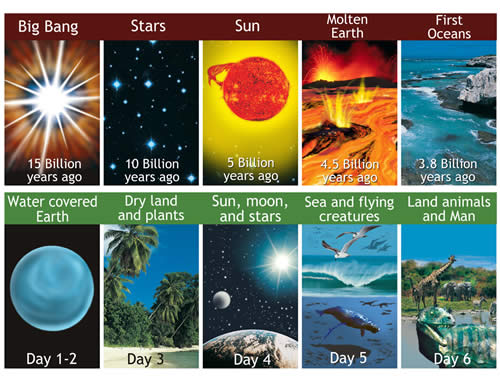
Via Answers in Genesis
In general, evolutionists believe the rocky planets in our solar system were formed from smaller “building blocks” (basically, asteroids). So they believe that by studying objects like asteroids, they can better understand the “evolution of our solar system” and how the planets formed, which (as I assume you probably already know) is not in line with biblical creation.
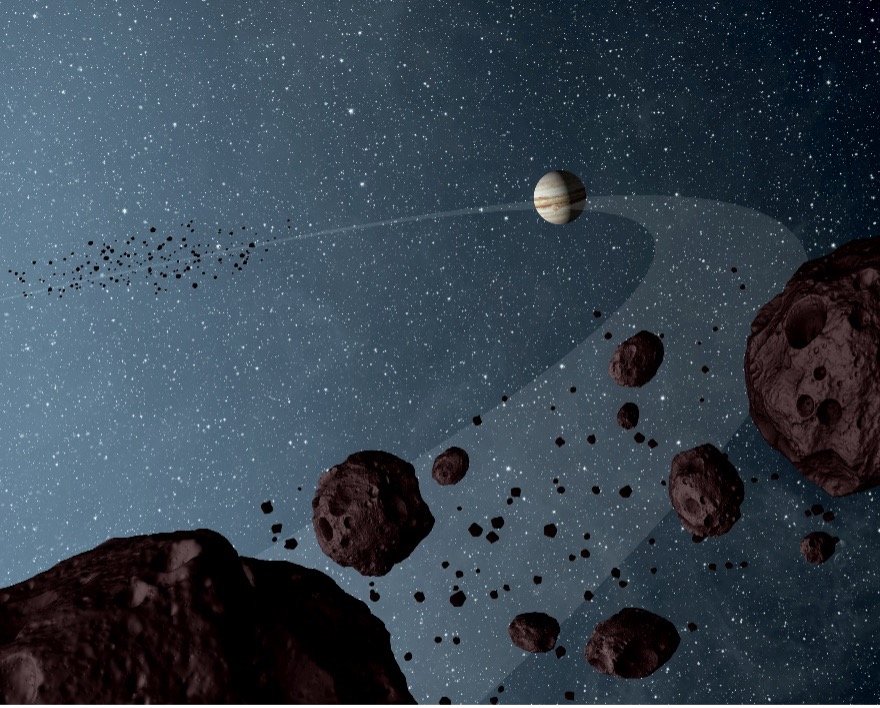
Jovian Trojans—asteroids that lap the sun in the same orbit as Jupiter
Public Domain via NASA
So then, you’re probably wondering, how do we make sense of these space rocks in the biblical worldview? First, we have to remember that our all-powerful God created all things in the universe by simply speaking them into existence, including every rock in our solar system (on day four of creation week9). And when God finished creating everything, he called it all very good (Genesis 1:31).

Public Domain via NASA
So, of course, this means there was never a period of “millions of years of chaos” in the early solar system. And, contrary to the evolutionary story, space rocks are not just random, chance “leftovers” in the solar system that serve no real purpose. Rather, since God never randomly (or carelessly) creates anything, he obviously created them for a reason!
The Bible (God’s Word) doesn’t plainly tell us the exact reason why God created all the space rocks. But the Bible does (possibly) reference meteors when speaking of “falling stars,” usually in the context of coming judgment from God. For instance, during the “seven seals” section in Revelation, after the sixth seal is opened, it says, “the stars of the sky fell to the earth” (Revelation 6:13). Also, during the Olivet Discourse, as recorded in Matthew’s Gospel, Jesus said,
Immediately after the tribulation of those days the sun will be darkened, and the moon will not give its light, and the stars will fall from the sky, and the powers of the heavens will be shaken. (Matthew 24:29, italics added)
In other words, if these falling stars are indeed meteors, then God uses meteors as “signs” or “symbols” of impending judgment when speaking in this type of prophetic language. So it’s possible that this could be at least one purpose in God creating meteoroids (but, ultimately, we can’t know for sure).
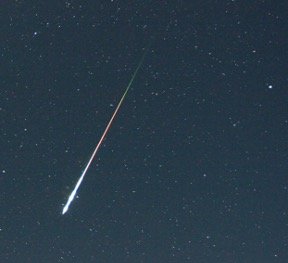
Photograph of a large meteor caught during a Perseid meteor shower
Public Domain via NASA
On the other hand, practically speaking, large asteroids could actually be beneficial for space exploration by serving as “pit stops” for spacecraft and providing resources for astronauts on future space missions. Scientists are currently researching possible ways of mining and utilizing the materials in asteroids to serve as “refueling stations” for spacecraft on their voyages across the solar system and even to help astronauts restock on supplies. For example, the asteroid Bennu likely has water bound in clay minerals, which space travelers could potentially use to restock their water supply during the long journey.
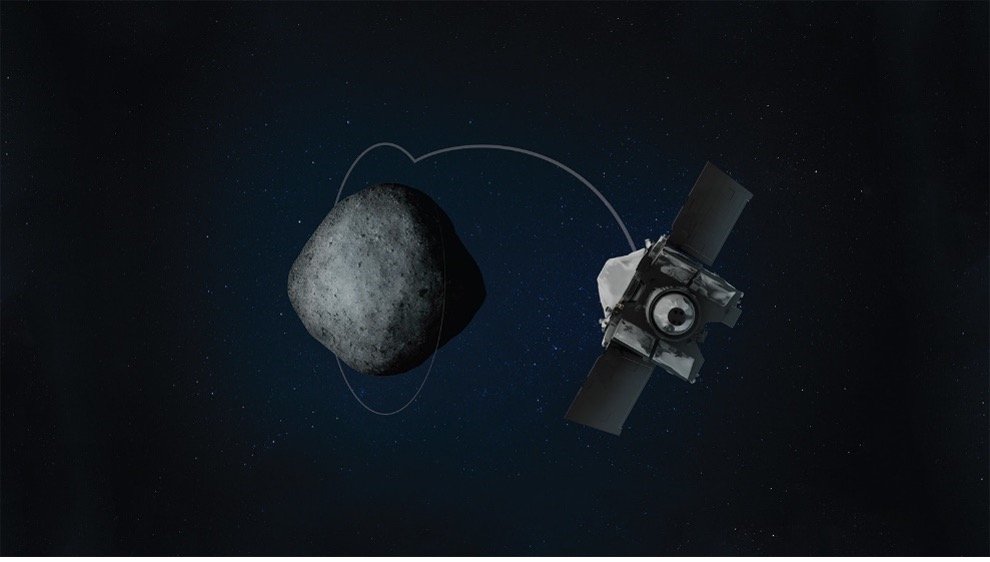
Artist’s illustration of OSIRIS-REx entering orbit at asteroid Bennu
Public Domain via NASA
Thanks again for your great questions, and I hope you enjoyed the answers to them. Keep standing firm on the authority of the Bible and trusting alone in God and his Word from the very first verse (Genesis 1:1). And continue to praise our Lord Jesus Christ, who is not only the Creator of you, me, the sun, moon, stars, and every space rock in the entire universe (John 1:3; Colossians 1:16) but is also our Redeemer and Savior (John 3:16).
Ask Your Question
Ask a parent to help you submit your space-related question to Rob Webb today! Don't forget to check back next week to see if your question was chosen!
Footnotes
- Polaris actually sits just above the north pole (within about three-fourths of a degree from true north above the horizon) along the earth’s rotational axis, which is the imaginary line extending through the north and south poles that the earth rotates around (sort of like a spinning top).
- Polaris can be easily found by following an imaginary line from the two “pointer” stars on the edge of the Big Dipper. Also, contrary to popular belief, Polaris is not the brightest star in the night sky but is actually a variable star, which means its brightness changes over time.
- This number is actually nowhere near the total number of orbital debris. According to Britannica, it is estimated that there are about 200,000 pieces between 1 and 10 cm (0.4 and 4 inches) across and that there could be millions of pieces smaller than 1 cm. With a parent’s help, you can learn more here: https://www.britannica.com/technology/space-debris.
- In fact, several space shuttle windows have had to be replaced because of damage caused by paint flecks!
- With the increasing number of spacecraft going to Mars, space debris may also soon become a problem even around Mars!
- NASA currently has several guidelines and flight rules in place (planning, reacting, and maneuvering procedures) to constantly protect astronaut crews from possible orbital debris collisions. With a parent’s help, you can learn more here: https://www.nasa.gov/mission_pages/station/news/orbital_debris.html.
- While objects below 375 miles in altitude will reenter the earth’s atmosphere after several years, it’s estimated that objects above 600 miles will remain in orbit for centuries.
- When meteoroids, which are made up of rocky and/or icy fragments, from space enter the earth’s atmosphere and burn up, they become “shooting stars” (which I think are always fun to watch!), and these are called meteors. And if they survive the trip through the atmosphere (which rarely happens) and hit the ground, they become meteorites.
- Although some creationists may dispute this (that is, some believe asteroids/meteoroids were created after day four), I believe it makes the most sense, both biblically and logically, that asteroids/meteoroids were created on day four, along with all the planets and moons in our solar system. I also don’t believe they were a result of the fall.
- © 2024 Answers in Genesis
- Privacy Policy
- Contact
- About
